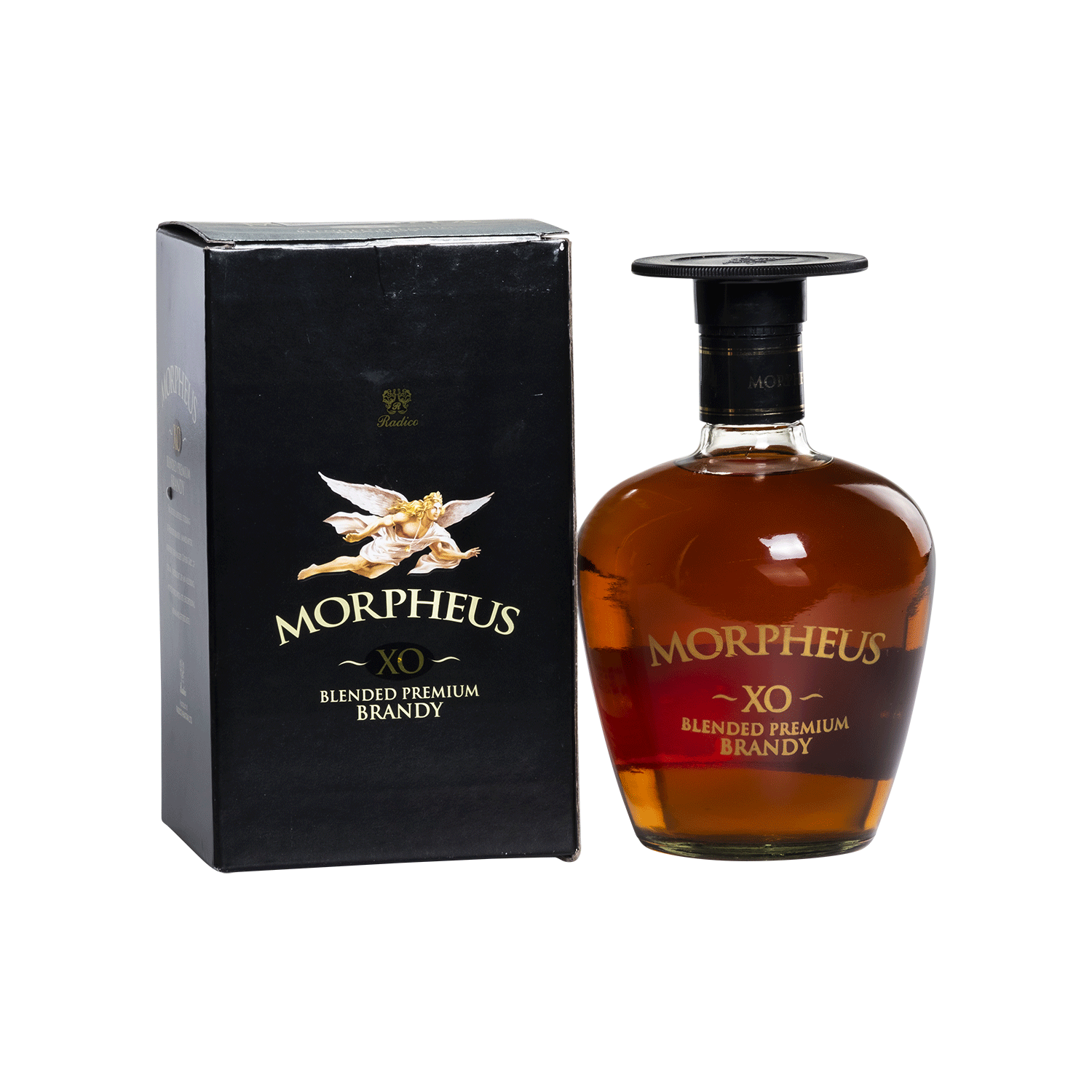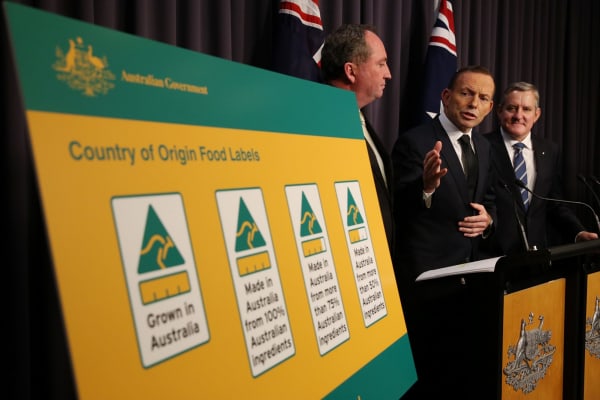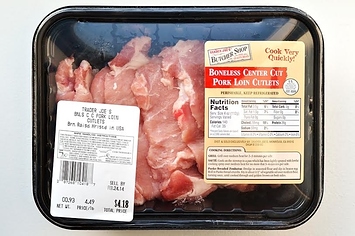38 food labels country of origin
Which foods are covered in the country of origin labeling law? Knowledge Article. Foods that must be labeled with their country of origin are: 1. Muscle cuts of beef (including veal), lamb, pork, goat, and chicken; 2. Ground beef, ground lamb, ground pork, ground goat, and ground chicken; 3. Wild and farm-raised fish and shellfish; 4. Country of origin food labelling | business.gov.au Country of origin food labelling Last Updated: 21 May 2021 Most food products for retail sale in Australia require a country of origin label. This page helps you identify the regulation you need to comply with and the label that applies to your food product. On this page When does the Information Standard apply? Imported foods
Country of Origin Food Labeling | Jenn David Design The Country of Origin Labeling requirement states that "Food labeling statements regarding geographical origin must not be false or misleading in any particular." So it would be incorrect to state that the cocoa is a product of both Mexico and Chile on the label.
Food labels country of origin
Country-of-Origin Labeling for Foods On June 16, 2010, the European Parliament voted to accept draft food labeling legislation that would expand food country-of-origin labeling (COOL) requirements throughout the European Union (EU). Mandatory COOL is already required for beef, honey, olive oil, and fresh fruits and vegetables. Country of origin labelling - Food Standards The Australian Government introduced a country of origin food labelling system under Australian Consumer Law on 1 July 2016. Country of origin labelling requirements for food is in the Country of Origin Food Labelling Information Standard 2016, under the Competition and Consumer Act 2010. These requirements became mandatory on 1 July 2018. Country of origin on food labels - Canadian Food Inspection Agency All prepackaged food products sold in Canada are required to be labelled with the name and principal place of business of the company responsible for the product, such as the importer or manufacturer. When a food product is wholly manufactured outside of Canada, the label must show that the product is imported.
Food labels country of origin. Country of Origin Labels | Supermarket Labels | 1-800-882-5104 Country of Origin labeling is a consumer labeling law that requires the country of origin be listed on specific food product labels. Call 1-800-882-5104 for a quote. As the list grows, order your country of origin labels. Country of origin | ACCC You will find country of origin labelling on most food you buy at the supermarket, local stores, markets, online or from a vending machine. Food bought from restaurants, cafes, take-away shops, schools and caterers does not have to be labelled. Food that was packaged and labelled on or before 30 June 2018 can still be sold without the new labels. CPG Sec 560.200 Country of Origin Labeling | FDA Office of Regulatory Affairs Food labeling statements regarding geographical origin must not be false or misleading in any particular. FDA's policy prohibiting false or misleading labeling of food... Country of Origin Labeling of Agricultural Products Country of Origin Labeling, better known as "COOL," took effect March 16, 2009. The Farm Security and Rural Investment Act of 2002 and the 2002 Supplemental Appropriations Act established COOL. Specifically, Section 10816 of the 2008 Farm Bill (7 U.S.C. 1638-1638d) amended the Agricultural Marketing Act of 1946 to require retailers to ...
Country of origin food labels | Department of Industry, Science and ... Country of origin labelling requirements for food are in the Country of Origin Food Labelling Information Standard 2016. You can design and apply your own labels as long as they meet the standard. On the business.gov.au website we provide the following resources: an online decision tool that helps you to choose the right label to download Country of origin food labelling | ACCC A food that cannot claim to have been grown, produced or made in a particular country will generally be labelled according to where it was 'packed in'. The labels The Standard sets out three general formats for country of origin labelling. All About Labels - Country of Origin Food Labeling A Country of Origin Statement Label These labels are used to state the origin in which the products were made when you do not need or cannot use the standard mark label outlined above. These labels are known as Country of Origin (COO) labels and are available in three sizes 36mm x 20mm, 42mm x 27mm or 65mm x 30mm. Country of Origin Labeling (COOL) | Agricultural Marketing Service Country of Origin Labeling (COOL) is a labeling law that requires retailers, such as full-line grocery stores, supermarkets and club warehouse stores, to notify their customers with information regarding the source of certain foods.
Grocery Store Food - Do You Check Country Of Origin? As you have probably noticed at grocery stores, there are not many food products with 'country of origin' labels. It is difficult if not impossible to know where the food has come from. In fact, in June of this year (2015) Congress voted to REMOVE (repeal) 'country of origin' labeling requirements (H.R. 2393) for meat. Mandatory country-of-origin labeling (US) - Wikipedia Country of origin labeling (COOL) (or mCOOL [ m for mandatory]) is a requirement signed into American law under Title X of the Farm Security and Rural Investment Act of 2002 (also known as the 2002 Farm Bill), codified at 7 U.S.C. § 1638a as Notice of country of origin. CPG Sec. 560.200 Country of Origin Labeling A statement of the country of origin on the labeling of imported foods is not required by the Federal Food, Drug, & Cosmetic Act. This is a requirement of the U.S. Customs *and Border Protection... Country of Origin Labeling (COOL) Frequently Asked Questions Country of Origin Labeling (COOL) is a consumer labeling law that requires retailers (most grocery stores and supermarkets) to identify the country of origin on certain foods referred to as "covered commodities".
U.S. Customs and Border Protection Preview U.S. Customs and Border Protection Preview
Did the U.S. Remove 'Country of Origin' Labeling from Meat? Both these memes pertained to Country of Origin Labeling (COOL), effective in the United States following the Farm Security and Rural Investment Act of 2002, and contained a mixture of true, false ...
PDF Topic: Country-of-origin-Labeling on FDA Foods and Additives II will expound on the relevant food labeling laws, and the great obstacles this proposed labeling requirement would face. Part III will address some unanswered counterarguments. Part IV will detail how Japan has required a law to label foods with country-of-origin. The Essay will propose the FDA should adopt a law similar to Japan's.
Country of origin food labelling changes may be delayed until 2017, despite Government calls for ...
Country of origin of food - Ministry of Business, Innovation and Employment On 10 May 2021 the Consumer Information Standards (Origin of Food) Regulations 2021 (the Regulations) were made under the Fair Trading Act 1986. These Regulations give effect to the requirements in the Act by setting the detailed country of origin labelling requirements. The Regulations were due to commence on 12 November 2021.
Food labelling: country of origin - GOV.UK If poultry, sheep, goat or swine meat is taken from animals born, reared and slaughtered in the same country, you can label it as 'Origin: [name of the country]'. Where reference is made to the...
Origin labelling | The Food & Drink Federation The current legislative framework in place regarding origin labelling ensures that misleading origin statements are not made and that consumers are accurately informed. Origin labelling is mandatory for several foods (e.g. honey, fish and meat), and for all other categories, when the absence of such information may mislead the consumer.
Country of origin labelling online tool | business.gov.au Country of origin labelling online tool You'll be asked a series of questions about your food product when you use the tool. Your response to each question will determine the label recommended by the tool. Please allow at least 15 minutes for each food product when using the tool. Generate your label Open all How to save your work
Is Country-of-Origin Labeling a Food Safety Issue? By Lydia Zuraw on February 5, 2014. Country-of-origin labeling (COOL) is not a food safety issue. Except when it is. The law requires that much of our food be labeled with its source country, but ...
Must processed food products have a country of origin label? Retail items that meet the definition of a processed food item do not require labeling under the COOL final rule. For more information, visit Common Questions & Answers on Country of Origin Labeling. Related Information.
Country of origin on food labels - Canadian Food Inspection Agency All prepackaged food products sold in Canada are required to be labelled with the name and principal place of business of the company responsible for the product, such as the importer or manufacturer. When a food product is wholly manufactured outside of Canada, the label must show that the product is imported.
Country of origin labelling - Food Standards The Australian Government introduced a country of origin food labelling system under Australian Consumer Law on 1 July 2016. Country of origin labelling requirements for food is in the Country of Origin Food Labelling Information Standard 2016, under the Competition and Consumer Act 2010. These requirements became mandatory on 1 July 2018.
Country-of-Origin Labeling for Foods On June 16, 2010, the European Parliament voted to accept draft food labeling legislation that would expand food country-of-origin labeling (COOL) requirements throughout the European Union (EU). Mandatory COOL is already required for beef, honey, olive oil, and fresh fruits and vegetables.










Post a Comment for "38 food labels country of origin"